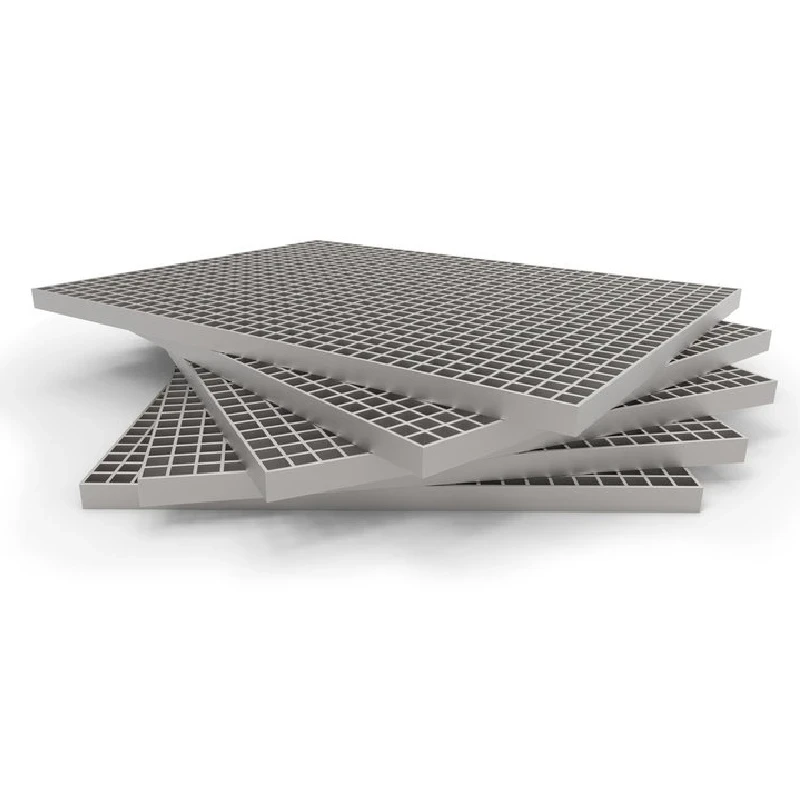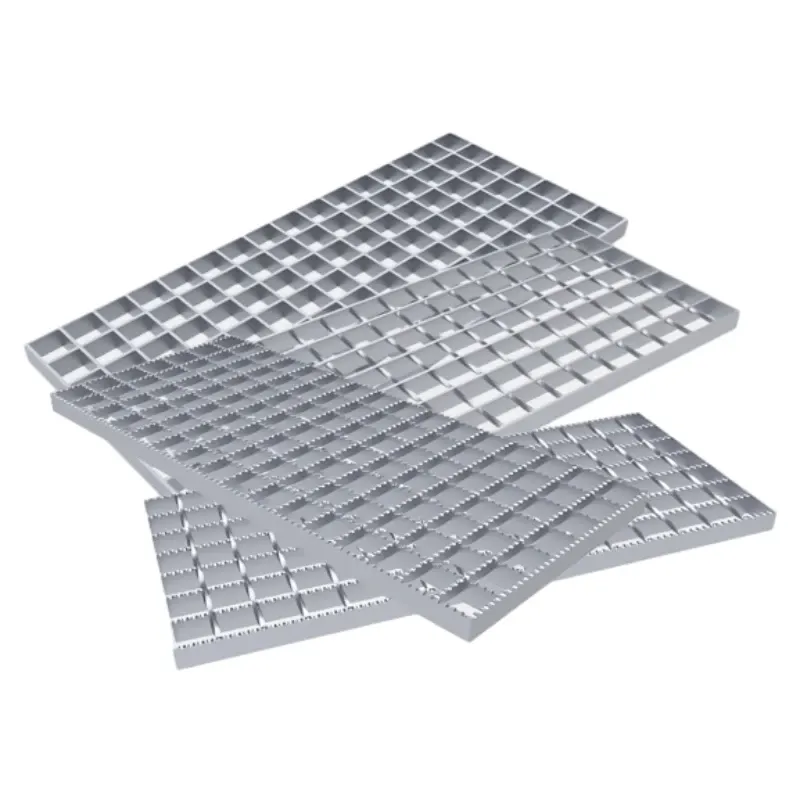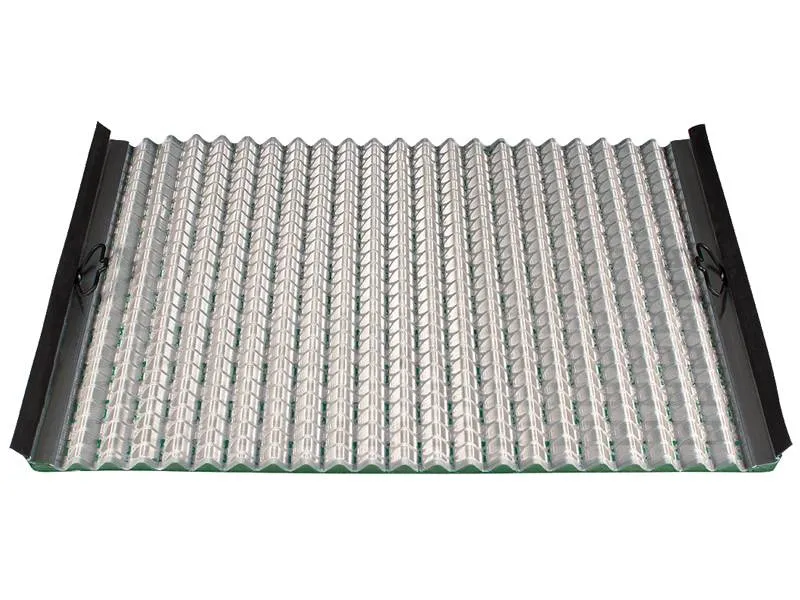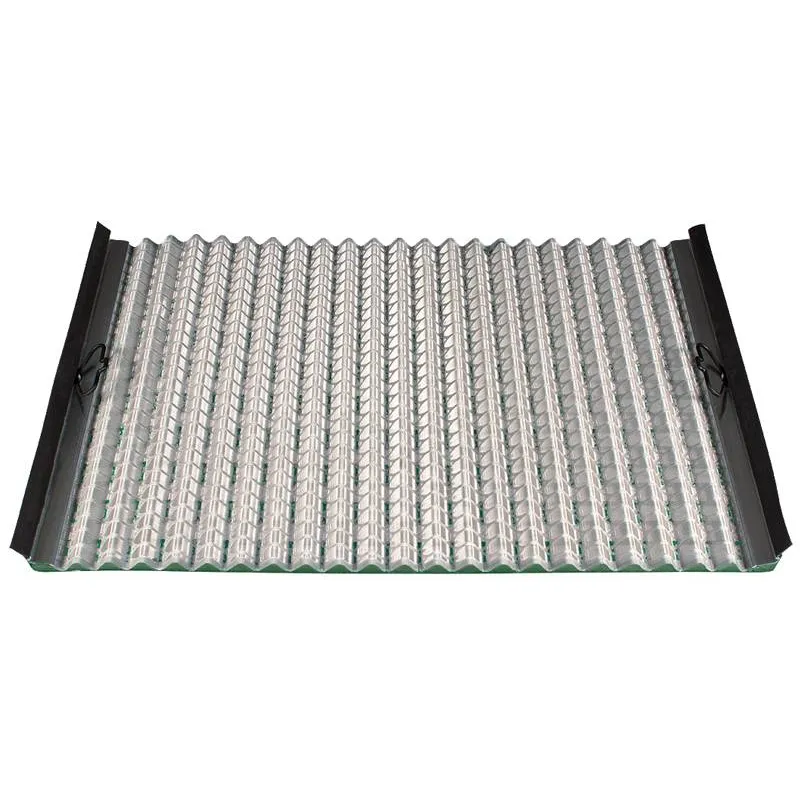In addition to its aesthetic benefits, double needle stitching also has functional advantages. The parallel lines of stitching distribute the tension evenly along the seam, making it stronger and less likely to stretch or break. This makes double needle stitching particularly useful for garments that are put under a lot of strain, such as activewear or workwear.
The innovation of the lockstitch sewing machine also marked a significant shift in production processes. Before its widespread use in the 19th century, sewing was predominantly done by hand, making the creation of garments a time-consuming and labor-intensive task. The introduction of the lockstitch machine allowed for faster production rates, which was particularly beneficial during the Industrial Revolution. Factories could now produce large quantities of clothing in shorter timeframes, meeting the growing demand of a rapidly expanding market. This transition not only increased efficiency but also contributed to the affordability of garments, making fashion accessible to a broader audience.



